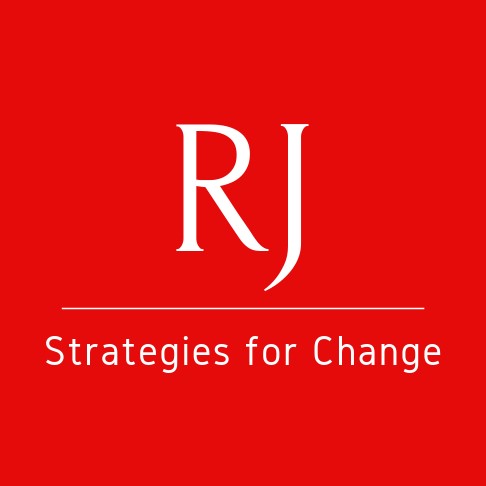Assault Causing Harm –
Reparation Programme
NGO
Assault Causing Harm
Reparation Programme
The offender, a young woman, seriously assaulted another young woman. The offence impacted the community as the women were in education together and lived in the same area. Moreover, during and after the trial, the case was discussed widely on social media.
The case was referred by the presiding judge to an NGO that delivers restorative justice as a means of making the offender aware of the consequences of her behaviour. The victim suffered significant physical and mental harm, attempting to take her own life following the assault.
For someone to be suitable for restorative justice, they must take responsibility for the offence. While the offender in this case accepted the Garda’s account of her behaviour and showed remorse for the harm she caused the victim, her story somewhat contradicted that which the victim told the NGO’s Caseworker. Still, it was thought that restorative justice could help in this case to increase the offender’s awareness of the effects of their behaviour and promote healing for the victim
The victim met the Caseworker several times to tell her story, and asked that her injuries be relayed to the offender through a victim advocate. She decided not to have contact with the offender herself as she felt exposed by the social media attention and feared that the offender might speak about their interaction in the community. The Caseworker was also concerned about the victim’s mental health, but recognised that some involvement in the process could help her feel heard and move on.
The Caseworker met the offender several times, discussing the offence and preparing her to meet the reparation panel. During the programme, the Caseworker also witnessed the offender’s mother verbally and physically abuse her. Eventually, the offender met with a reparation panel, where she provided more insight into the offence than had been discussed in Court. At times, she was quiet, uncomfortable and struggled to engage. In her retelling of the events, the client spoke about the effect on the victim, but focused mostly on herself.
Due to the severity of the offence and in an attempt to help her gain insight, the client and the panel agreed a significant body of work for her to undertake. She agreed to complete the following actions in a two month period, while continuing to study full-time:
- meet with a representative of the Crime Victims Helpline to learn more about the impact of assault on victims;
- meet with a representative of Headway to learn about the impact of brain injuries;
- undertake a significant anger management programme;
- undertake 20 hours of voluntary work;
- write a letter of apology to the victim, which was not to be given to the victim;
- write a reflective piece on what happened, who was affected, and what she had learned from the restorative process; and,
- commit to good behaviour and desistance from further offending.
In organising the meeting with the victim advocate, the Caseworker relayed the victim’s story to the advocate, who then fed this back to the offender in a hypothetical way, along with other real stories of victims she had worked with. This meeting and the brain injury meeting lasted two hours each. The offender, usually stoic, became quite emotional in both meetings.
The offender completed her voluntary work and the rest of her actions. Despite struggling to express herself verbally with the panel members, she was much more comfortable when writing. She wrote a very personal letter to the victim, and in her reflective piece detailed at length how she could have affected her. The offender also identified the triggers and showed a much greater emotional insight into her state of mind leading up to the assault, which she had not previously discussed.
Separately to her agreed actions and with her consent, the NGO also referred the offender for counselling sessions. She said that she formed a good connection with her counsellor and would continue engaging with the service after Court.
One of the ultimate aims of the Reparation Programme is to reduce recidivism, and offenders who agree a contract of reparative actions also agree to desist from offending during the programme and beyond it. In this case, unfortunately, the client did again come to the attention of Gardaí. In her final meeting with the panel, she was very nervous, but disclosed the offence to the panel members. However, this time, something had changed. Without probing by the panel, she spoke about what led to her behaviour in the second offence and how it affected others. There was a greater sense of agency in her narrative. Though she was disappointed with herself, and the panel challenged her on her behaviour, they also affirmed her honesty and awareness. The client demonstrated shame over both offences, sheepishly stating that she would leave the process feeling better than on arrival.
The panel upheld the client’s work as she was honest and the second offence was of a lower tariff and unrelated to the one for which she was referred. Likewise, as the second offence had not yet been prosecuted, it would have been prejudicial to inform the Court. However, when the case returned to Court, the Garda informed the judge she had come to their attention. The offender was ultimately given a suspended sentence with probation supervision for the original assault charge.
While the victim had stated she didn’t wish to receive an apology or any contact from the offender, the NGO is hopeful that she felt empowered knowing a victim advocate would speak on her behalf and that she had the autonomy to contribute to the process in the manner she saw fit.
